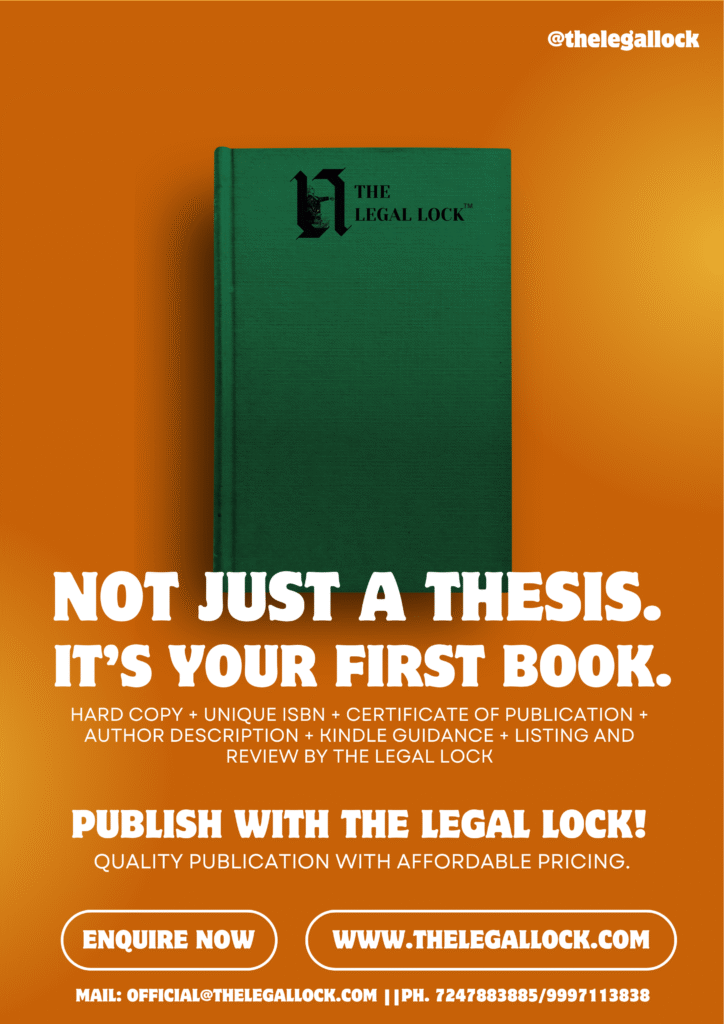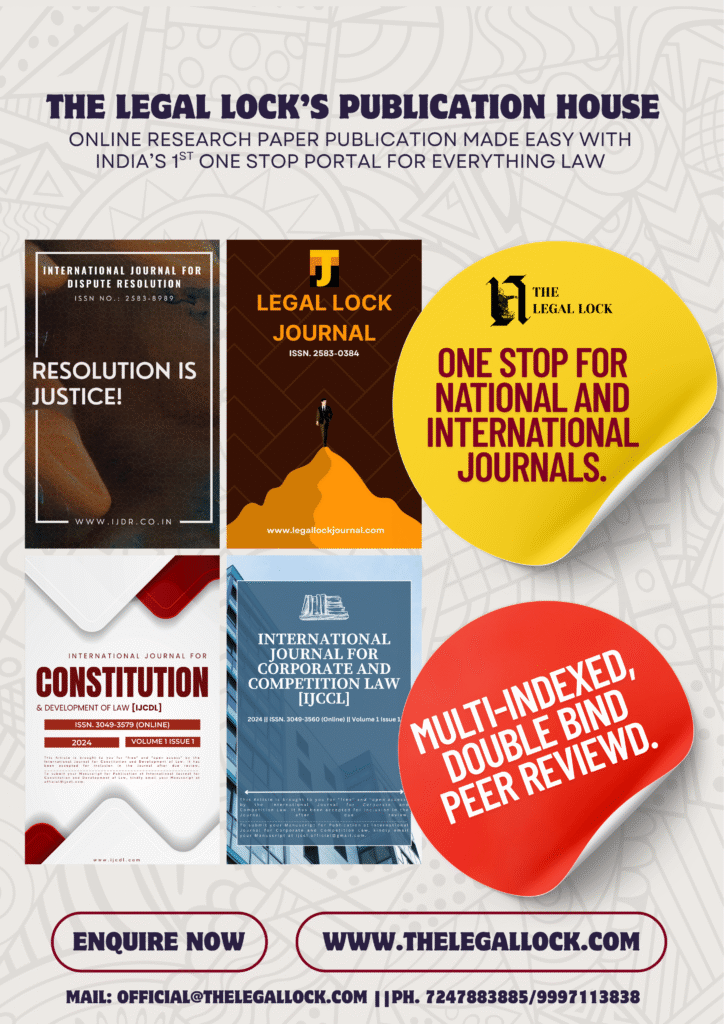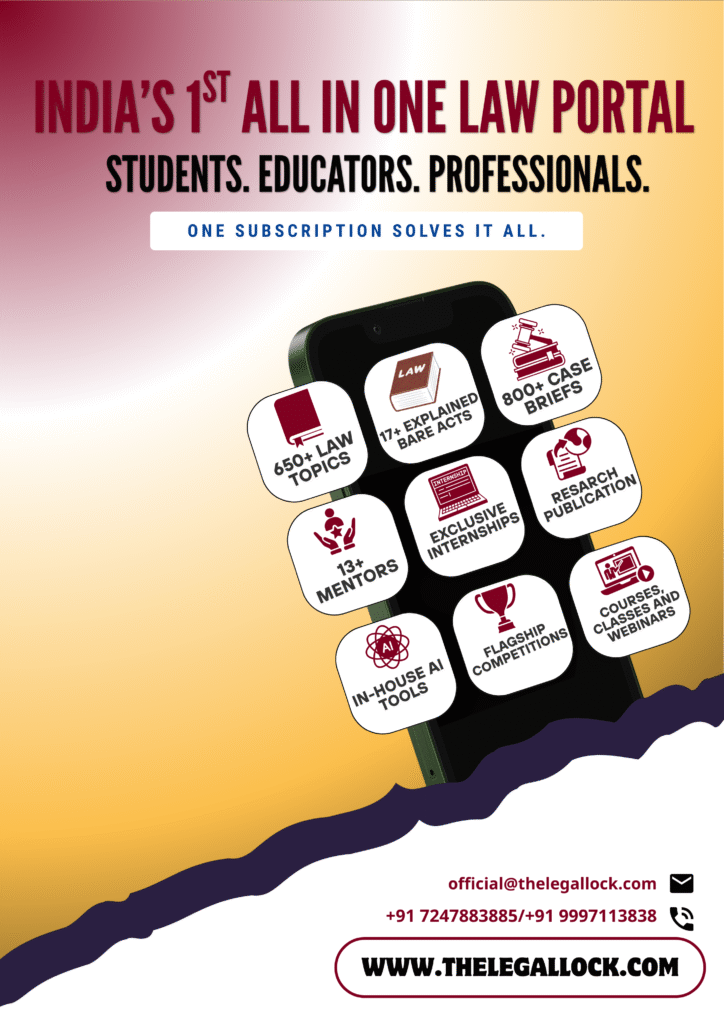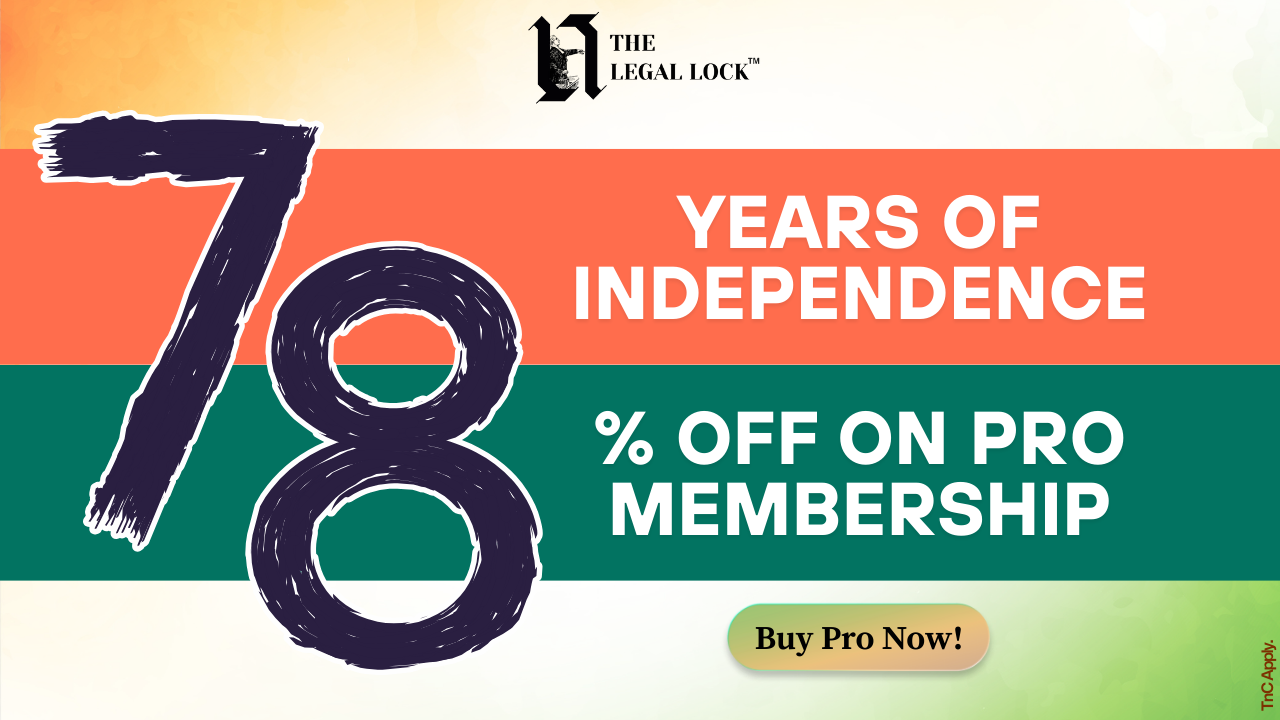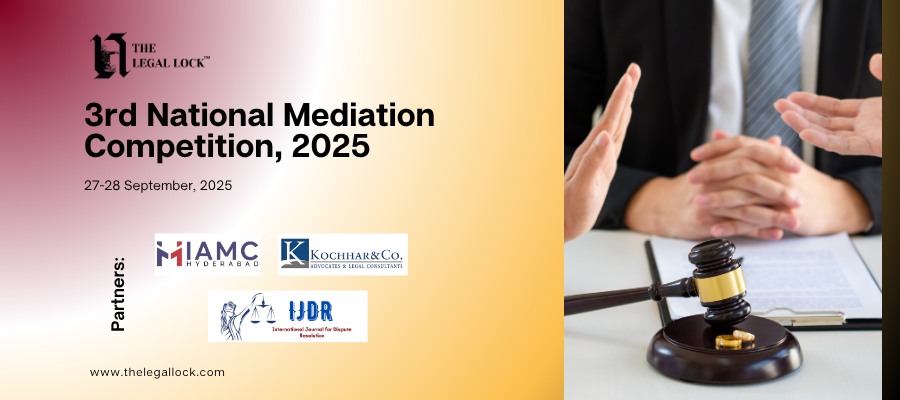Case Brief: In Re Article 370 of the Constitution
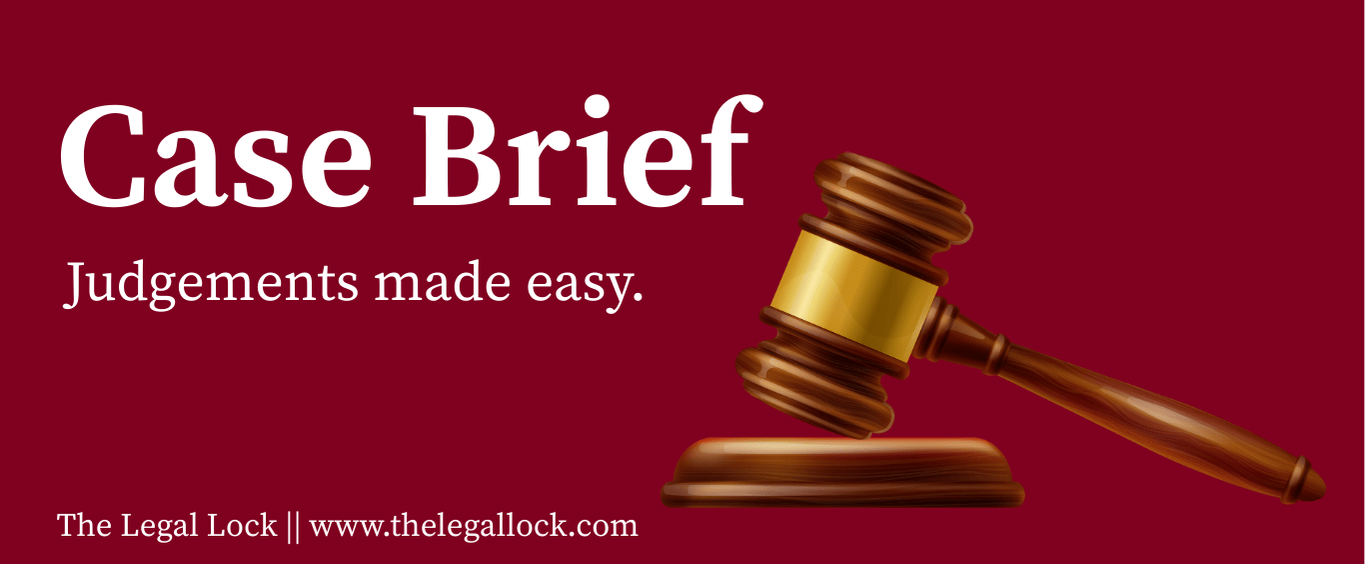
| CASE NAME | In Re Article 370 of the Constitution |
| CITATION | W.P.(C) No.-001099 / 2019 |
| COURT | Supreme Court of India |
| BENCH | The Chief Justice of India D.Y. Chandrachud, Justice Sanjay Kisan Kaul, Justice Sanjiv Khanna, Justice B.R. Gavai,Justice Surya Kant. |
| DATE OF DECISION | 11th December 2023 |
Introduction
The Instrument of Accession, which Maharaja Hari Singh, the former ruler of Jammu and Kashmir, signed in 1947, led to the creation of Article 370. Singh used this device to accede the State to India; however, it restricted India’s ability to enact laws for the State to only address communication, defense, and external affairs. All of the requirements listed in this Instrument of Accession were included in Article 370. Its goal was to make it possible for Jammu and Kashmir to become a democratic state under the “Dominion of India” from its previous status as an independent princely state.
Regarding the unique status accorded to the former state of Jammu and Kashmir, a major legal debate is represented by the writ petition that challenges Article 370 of the Indian Constitution. The constitutional validity and interpretation of Article 370, which gave the state of Jammu and Kashmir independent powers over a number of areas of government and administration, are clarified by this case.
The Indian Constitution’s special clause, Article 370, gives Jammu and Kashmir a degree of semi-autonomy. It limits the legislative authority of the Parliament to defense, foreign policy, communications, and finance. This unique status was created to preserve the state’s unique identity and culture and is a relic of its turbulent past. It has, nevertheless, continued to be a divisive topic that has fueled discussions regarding integration, national security, and regional autonomy.
The petitioner, who files the writ petition, challenges the constitutionality and legality of Article 370 and requests a judicial review of the law. Important issues raised by the case include the degree of autonomy granted to Jammu and Kashmir, the state’s relationship with the Union government, and the possible effects of any modifications to Article 370 on the rights of the state’s citizens and governance.
The writ petition has wider constitutional ramifications beyond the current judicial disputes. It makes one think about the fine line that should be drawn between national integration and regional autonomy, as well as the parameters of the constitution that transformative amendments should stay inside.
Facts
Amit Shah, the union home minister, declared on August 5, 2019, that Article 370 and Article 35A of the Indian Constitution, which had given the former state of Jammu and Kashmir special status, would no longer apply. The Jammu and Kashmir state assembly is empowered by Article 35A of the Indian Constitution to define the state’s permanent inhabitants and their particular rights and benefits. After the state governments of the time approved the Presidential Order of 1954, Article 35A was added to the Indian Constitution, which had not been included in the original 1949 document.
In 2019, despite an already unstable political environment, Dr. Shah Faesal, a former Jammu and Kashmiri IAS official, together with five other petitioners, filed Writ Petition (Civil) No. 1099/2019 under article 32 of the Constitution. The Presidential Order of August 5, 2019, which repealed some of Article 370 and brought Jammu and Kashmir closer to the rest of India, was challenged in the petition for being unconstitutional. This court action sparked a new round of discussion on Article 370, bringing up important issues related to identity, autonomy, and the state’s destiny.
Issues
- Is Article 370 of the Indian Constitution a transitory provision?
- Is it possible to change the definition of “Constituent Assembly” to “Legislative Assembly” using Article 367?
- Is it possible for the President to repeal Article 370 without the Jammu and Kashmir Constituent Assembly’s approval?
- Is there a constitutional basis for the Jammu and Kashmir Reorganization Act, 2019 that divided the region into two Union Territories?
Arguments
- The “doctrine of colorable legislation,” which states that “what cannot be done directly, cannot be done indirectly,” was invoked by the petitioners. The petitioners claim that without the consent of the Jammu and Kashmir Constituent Assembly, the President has subtly changed Article 370, a provision of the Constitution. This was made possible by replacing the term “legislative assembly” with “constituent assembly.”
- For a number of reasons, the petitioners claimed that the Presidential Order was unlawful. They argued that it was against Article 368 (2), which states that changes to Article 370 require a two-thirds majority in both chambers of Parliament. Additionally, they contended that the consent of the state legislature—a necessary precondition for any alteration to Article 370—was procured under coercion, making it void.
- On the other hand, the administration supported the Order, claiming that it just “revoked” several clauses and did not, in fact, change Article 370. They went on to say that the merger of Jammu and Kashmir with the rest of India and national security required the Order.
- Petitioners argued that Article 3 of the Constitution renders the Jammu and Kashmir Reorganization Act, 2019 unlawful. This Article gives the Parliament the authority to create new states and change the borders of states that already exist. The petitioners contend that the Parliament is not authorized by Article 3 to reduce federal democratic states to a less representative structure, such a Union Territory.
- The petitioners argue that Article 370 is a fundamental component of the Constitution’s “basic structure,” upholding Kashmir’s distinct status and serving as a crucial foundation of India’s federalism. They contend that repealing it will weaken this vital framework and change the essence of the Constitution.
- The petitioners additionally assert that under Part III of the Constitution, the right to autonomous self-government—moreover, the right to autonomous self-government with regard to political and constitutional status—is a basic right in a federal democracy and cannot be curtailed without following the legal due process procedures.
- The petitioners draw attention to the extreme communication blackout and mobility limitations that were in place in Jammu and Kashmir before the abrogation. They contend that this violated natural justice principles by preventing public involvement and democratic consultation.
- It is also claimed that democratic rights and due process have been violated by the arrests and incarceration of notable political leaders and activists from the area.
- The petitioners contend that because the Kashmiri people were not consulted or given the opportunity to voice their opinions on such a big constitutional amendment, the abrogation violates their right to self-determination.
- There have been challenges to the communication and internet access restrictions on the grounds that they violate the fundamental rights to information access and free speech and expression.
- The right to life and personal liberty provided by the Constitution have been noted as being violated by the extended detention of individuals and the limitations placed on their freedom of movement.
- Even if the abrogation was carried out through a constitutional amendment, petitioners request the Supreme Court to use its judicial review authority to investigate the legitimacy of the decision.
- They make the case for a careful reading of the article that takes into account both its historical background and the special status that the Indian Union has bestowed upon Jammu and Kashmir.
Decision
- Chief Justice of India D.Y. Chandrachud on Article 370 Abrogation
Since changing Article 367 essentially affects Article 370, it is beyond the scope of the law. The President’s use of authority under 370(1)(d) is legitimate. The President can act with the Union’s approval and does not need the State’s approval. Paragraph 2 of CO 272 is valid in applying all of the Constitution’s provisions to J&K.
In the event that the J&K Constituent Assembly did not recommend that Article 370 continue to be in effect, the President may issue a notification to that effect. It represents the end of the integration process. Under the Article 3 proviso, the State legislature’s opinions are advisory.
We order the Election Commission of India to take action so that by September 30th, elections to the J&K assembly can be held. The statehood will be restored as soon as feasible.
This is a policy choice that entirely belongs in the purview of the Executive. The President of India’s judgement cannot be appealed by the Court. On the other hand, the decision is still subject to judicial review and may be challenged on the grounds of malafide. We conclude that the President did not abuse his authority.
- Justice Sanjay Kisan Kaul
Starting with the historical context, he stated that his conclusions were essentially the same, with the exception of one example in which he took a different tack involving the Prem Nath Kaul case.
He explained that the goal of Article 370 was to gradually equalize Jammu and Kashmir with the other Indian States. It is not possible to interpret the J&K Constituent Assembly’s requirement of recommendation in a way that renders the greater goal unnecessary.
The only part of Article 370(3) that became obsolete was the proviso when the Constituent Assembly disbanded. However, the primary clause was present. In reference to the 367 revision of Article 370, he stated that adherence to approved procedures is mandatory. Changes made by backdoor are not allowed.
He suggested that an unbiased Truth and Reconciliation committee be established in order to look into and document human rights abuses committed, at least since the 1980s, by both the State and non-state actors, as well as to suggest policies for rapprochement.
The Commission needs to be established before memories fade. The workout needs to have a time limit. We owe the greatest day of liberty to a generation of young people who have experienced a culture of mistrust from birth.
Given the delicate nature of the subjects at hand, the government shall choose how the Truth and Reconciliation Commission is to be constituted. The Commission should provide a forum for discussion rather than acting as a criminal court.
He mentioned the Truth and Reconciliation Commission that South Africa had established.
- Justice Sanjiv Khanna
This is not a verdict from me. All of the rulings consistently concur that Article 370 of the Indian Constitution was not permanent and instead combined elements of asymmetric federalism and sovereignty.
The federal system is still in place even if Article 370 is repealed, as citizens in J&K continue to have the same rights and status as those who live elsewhere in the nation. Although Article 370(1)(d) and its associated power make Paragraph 2 of CO 272 extra vires and bad law, it can be upheld. CO 373 is still in effect.
Analysis
- While the Constitution grants amendment powers, the abrogation arguably alters fundamental principles of federalism and state autonomy, potentially disrupting the delicate balance of power between the centre and states.
- The abrogation process raises serious concerns about adherence to constitutional norms. The lack of consultation with the Kashmiri people and the dissolution of the state government prior to the Presidential Order create a perception of unilateral action and undermine democratic principles.
- The potential impact of the abrogation on Kashmiri society, culture, and economy needs to be considered. This analysis investigates concerns about demographic changes, cultural marginalization, and potential benefits or drawbacks of increased integration with India.
- The abrogation is challenged for infringing upon the Kashmiris’ right to self-determination, freedom of speech and expression, and other fundamental rights. This perspective requires examining the impact of restrictions on communication, movement, and political participation in Kashmir.
- The abrogation cannot be divorced from the complex political history and ongoing tensions in Kashmir. Analysing the issue through this lens requires acknowledging the long-standing grievances, security concerns, and aspirations of the region’s diverse population.
- The prolonged restrictions on communication, movement, and political activities in Jammu and Kashmir, even after the abrogation, raise concerns about the protection of fundamental rights and freedoms guaranteed to all citizens.
- The case presents a critical juncture for India’s federal structure. The court’s decision will set a precedent for the delicate balance between central authority and state autonomy, with implications for other states with unique constitutional arrangements.
- The lack of consultation with the Kashmiri people and the detention of political leaders are highlighted as flaws in the decision-making process. Analysing these aspects involves scrutinizing the democratic legitimacy of the abrogation and assessing potential violations of due process.
- Moving beyond legal arguments, it’s essential to consider the human stories and voices impacted by the abrogation. This means listening to the anxieties, frustrations, and hopes of Kashmiris whose lives are directly affected by these decisions.
- In Conclusion, The Petition for Writ Article 370 of the Constitution – 1099/2019 is an ongoing legal episode in the history of India. The country observes, cognizant of the significant influence the court’s ruling would have on the future course of Indian federalism and constitutional law, while the judiciary wrestles with the important constitutional issues it presents. The writ petition, amid the heat of constitutional debate, is evidence of the flexibility of India’s legal system, which is always adjusting to the changing needs of a pluralistic community as well as the changing forms of democracy and governance.
LiveLaw (legal news portal)
🔗 https://www.livelaw.in



